by GardenLover | Jun 20, 2015 | Favorite Flora, Special Topic
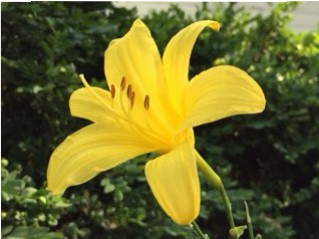 By Michael Leach
By Michael Leach
Poets and gardeners lament the last rose of summer. Even the horticulturally oblivious recognize the wistful symbolism of that flower.
But what of the last flower of spring? Who weeps for it?
Probably no one. But this lack of concern has nothing to do with callousness.
When spring finally becomes summer’s kaleidoscope of color, who cares about a single flower? For that matter, who can define the last flower of spring? Each garden has a unique plant population.
Then there’s the matter of defining the end of spring, a season that pays no attention to the grid of dates on the calendar we use to conveniently, if inaccurately, pinpoint its coming and going. People also “date” spring differently. Memorial Day marks spring’s passing for me, but the start of the school system’s summer vacation or an annual fishing trip marks the end of spring for others.
The last flower of spring could be a rose. Heritage roses, those flowers of legend, romance and centuries of garden use, tend to bloom with late spring flowers.
For me, the last flower of spring is a venerable lemon lily. Perhaps the lemon-colored blooms or the citrus-like fragrance, that evokes spring in Florida’s orange country, inspired the common name.
This small day lily came from some ancestor’s garden ages past, along with peonies and garden phlox. My childhood memories have it blooming about the time of the late peonies, but memory is apparently faulty. The last peony had faded when the lemon lily began to perfume the air.
While I can’t give proper credit to its family source or common name (much less its botanical moniker), I can thank garden writer Diana Lockwood for keeping this charmer going.
She received hers as a passalong plant from my garden a few years ago. Eventually the mother plant vanished, as sometimes happens to the demure in my rather too effusive planting style. When she learned of my loss, a start was provided. This spring it produced several flowers.
Lemon lily grows in substantial shade, receiving only four hours or so of direct sun daily. Once my plant grows a bit larger, a division will be placed in a brighter spot.
Meanwhile, another year must pass before the air is perfumed with little lemon lily blooms. Fortunately, an abundance of summer and fall flowers lies ahead making this symbolic end of spring easier to bear than that of summer.
by GardenLover | May 22, 2015 | Favorite Flora, Special Topic
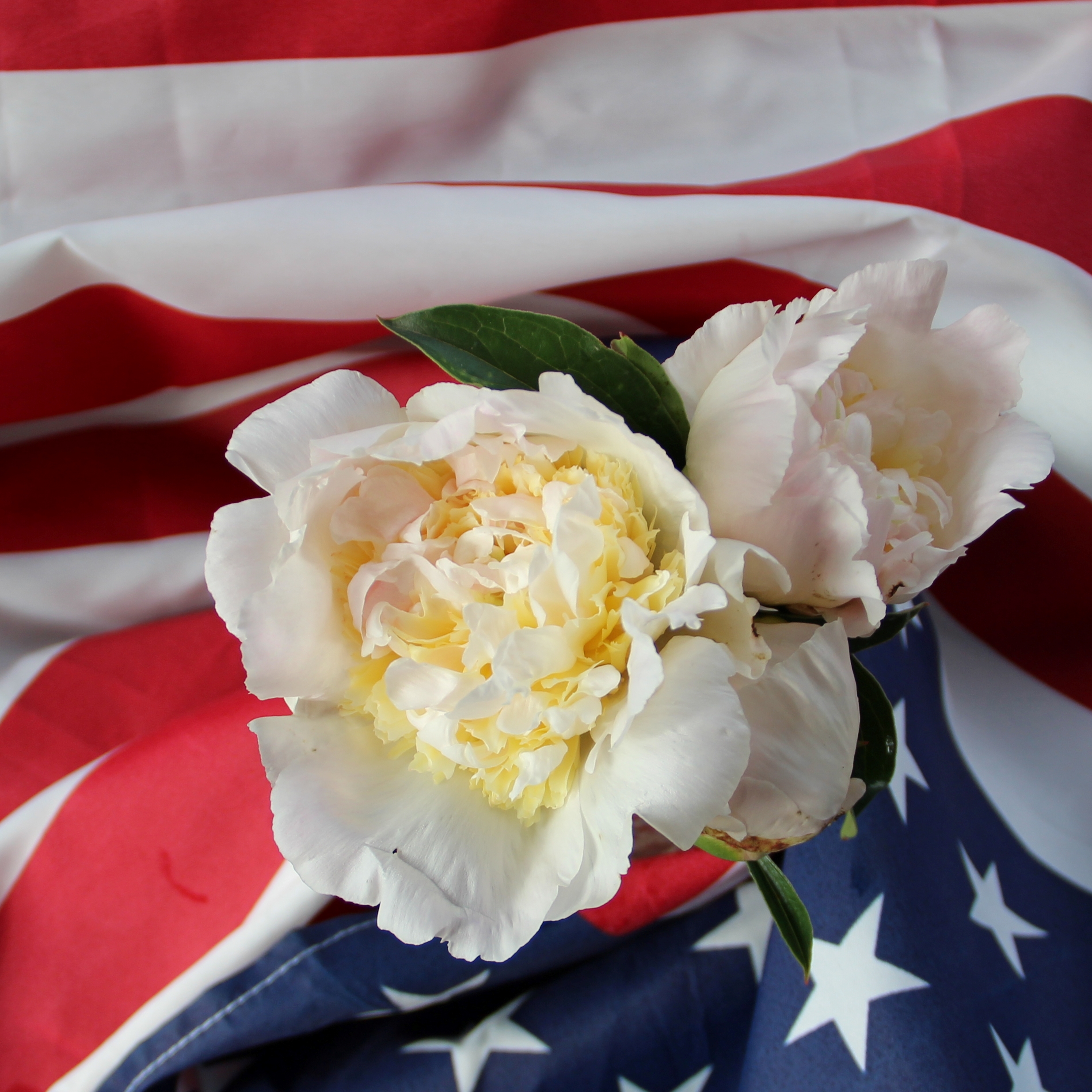
For Memorial Day weekend, we’re reposting this 2013 essay by Michael Leach. We thank those who serve and continue to serve our country.
I wonder how many people take family heirlooms to the cemetery on Memorial Day? These are blossoms from plants handed down from one generation to the next. Most gardens have such plants. Felder Rushing, a Mississippi gardener and writer, calls them pass-alongs.
Weather permitting, peonies were always among the Memorial Day bouquets for my family. At the family home place where I live, all of them came from my grandparents or great-grandparents. They readily shared these cast-iron standards along with garden phlox and iris, plants growing in my garden today.
Maybe that’s why I never feel lonely as I garden in blessed solitude. Memories return with the fragrance of the masses of sweet violets that grew so thickly around Auntie’s back door they perfumed the air and took away my breath. Dreams of tropical places enchanted me as a child, and so I was attracted to Grandpa’s yucca. I suppose the spiky leaves resembled some type of palm to a 10-year-old boy. I had to grow much taller before I could smell the sweetness of their satin white flowers, a much-anticipated annual event.
Unlike the yuccas, the peonies are slowly declining. Ever-increasing shade, a boon and bane, has nearly eliminated most of the 60 or so plants of perhaps a half-dozen varieties that graced beds and borders. I suppose no one needs that many reminders of long-gone contributors.
Besides these family treasures, my garden grows memories of other gardeners who shared columbines, brunneras, roses, wildflowers and day lilies. Even indoors heirlooms whisper old tales. My great-grandmother’s sprawling Christmas cactus blooms every year, usually starting in January. Such a lapse can be forgiven a grand dame who may be 100 or so.
Unlike funeral flowers, such plants make me smile. Perhaps because I remember the donors in their gardening years, active, yet at peace, working in their little Edens.
by GardenLover | Apr 14, 2015 | Favorite Flora
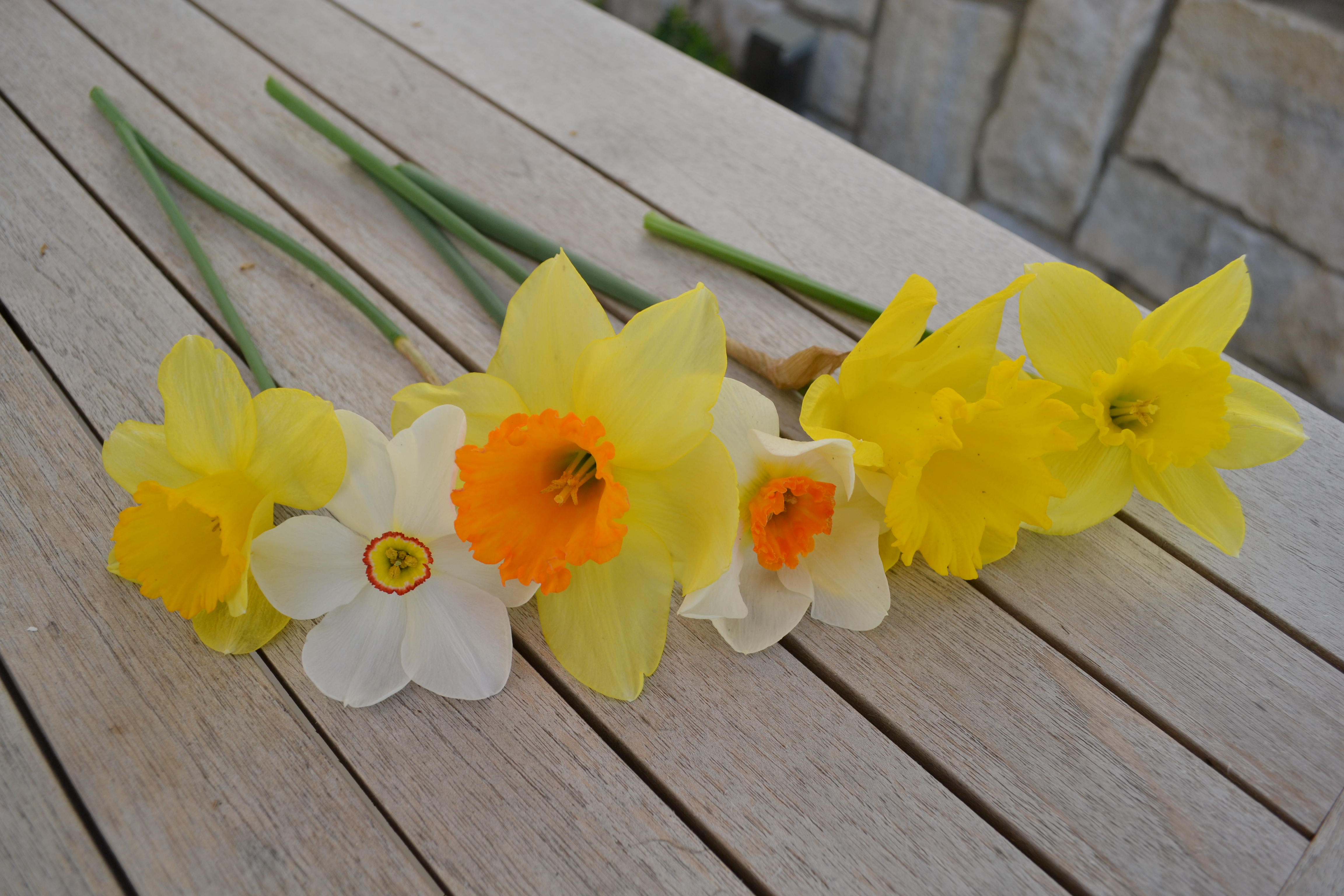
By Michael Leach
Easy-growing daffodils bring smiles of delight each spring. To ensure the best chances of success with these poet-inspiring flowers, we offer suggestions from the Buckeye Yard & Garden onLine produced online by Ohio State University Extension.
* While adaptable to a range of conditions, some places won’t work. If you have heavy shade, try early blooming varieties. If you have wet soil, don’t plan on daffs. Good drainage is essential.
* Apply bulb fertilizer in early spring as foliage begins to emerge. Too late for this year, but do this next if you like.
* Skip the folding, braiding and tormenting of foliage after flowers fade. The more leaf surface exposed to sunlight, the more food the bulb produces to power next year’s show. If fading foliage offends, interplant bulbs with perennials that will begin growing later in the spring and hide the yellowing daff leaves.
by GardenLover | Apr 11, 2015 | Favorite Flora, Good eats
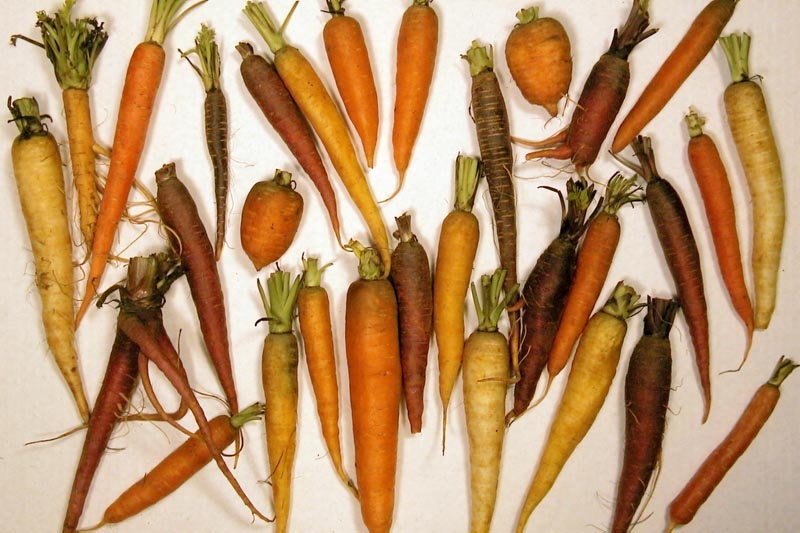
Photo Credit: World of Carrots Museum
By Debra Knapke
Bugs Bunny did for carrots what Popeye the Sailor did for Spinach.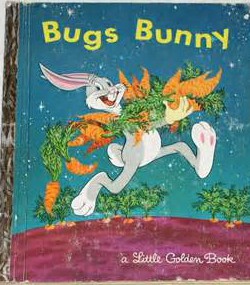 How many lip-locked, head-swelling children were coerced into eating their carrots by mothers cooing, “…but Bugs Bunny eats HIS carrots.” Mel Blanc (the voice of Bugs Bunny of Looney tunes fame)
How many lip-locked, head-swelling children were coerced into eating their carrots by mothers cooing, “…but Bugs Bunny eats HIS carrots.” Mel Blanc (the voice of Bugs Bunny of Looney tunes fame)
Carrots are one of my favorite snacks, especially ones just harvested from the garden. I am envious of Michael’s success with his carrots – bragging rights, indeed – as the past few years have not been the best carrot-growing years for me. But, this is the year. I have: five varieties I’ve not tried, good compost, a dedicated spot and I will be planting in late May/early June to avoid the carrot maggot. Well, that’s the plan.
I decided to go back to basics and grow all orange varieties this year, except for ‘Atomic Red’. I am intrigued with the health claims for this lycopene-loaded carrot and its reputed deep, deep red color. The others are all faster maturing, smaller varieties. ‘Parisienne’ and ‘Romeo’ are small round carrots while ‘Little Finger’ and ‘Babette’ have slender, cylindrical forms. Another goal this year is to do more pickling; ‘Little Finger’ and ‘Babette’ will be perfect for pint-sized jars.
As I looked for ways to increase my success with carrots, in my books and on the web, I stumbled upon a website in England that is dedicated to the glory of the carrot. John Stolarczyk, founder and curator of the World Carrot Museum has gathered an impressive body of information that is useful and a bit quirky. I’m thinking I need to make a “flutenveg”, a variation of a set of pan pipes. I’m not sure of the tone quality it produces, but who cares? Laughter will cover any off-pitch note.
If you want a more comprehensive list of carrot cultivars by color, 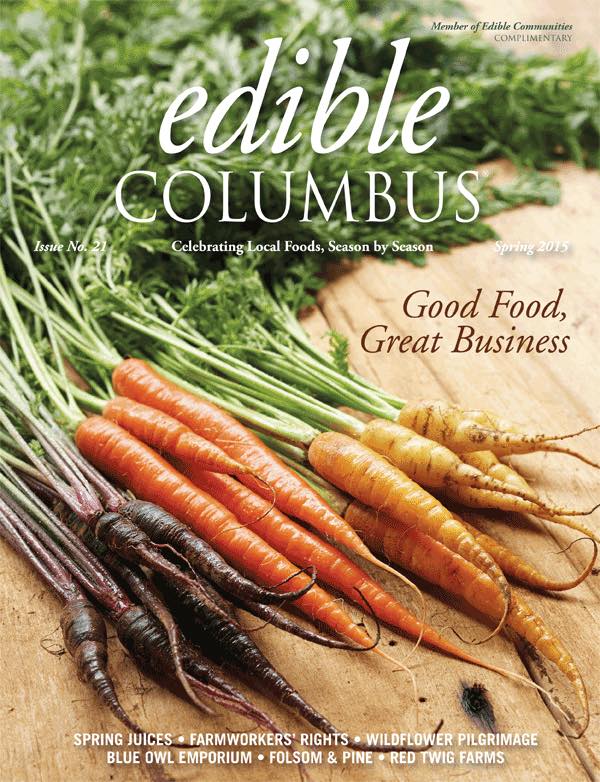 take a look at my picks in the “What to Plant” section in the latest Edible Columbus. There is a carrot for everyone’s taste. There is still time to order seeds or visit your favorite garden center to pick up a few varieties. Below are a few quick notes that will help you be a successful carrot grower.
take a look at my picks in the “What to Plant” section in the latest Edible Columbus. There is a carrot for everyone’s taste. There is still time to order seeds or visit your favorite garden center to pick up a few varieties. Below are a few quick notes that will help you be a successful carrot grower.
- Carrot seeds are usually directly sown into the garden; the taproot is easily damaged if transplanted.
- Sow carrot seeds shallowly; consistent moisture is important for good germination.
- Longer roots need deeper, friable soil; if you have clay or rocky soils, choose shorter carrots.
- A potential pest is the rust fly maggot; plant at the very end of May or early July to avoid the first generation of egg-laying flies or use row covers to exclude the fly.
And, if carrots are not your ideal vegetable, here is another point-of-view from the incomparable Mae West:
I never worry about diets. The only carrots that interest me are the number you get in a diamond.
by GardenLover | Mar 12, 2015 | Favorite Flora
Let Them Eat Tomatoes!
By Debra Knapke
I’ve seen reports that we are losing selections of our heirloom vegetables, but I can’t imagine trying to sort through more tomato options than we have right now. With thoughts of downsizing and focusing on tomatoes we have grown and enjoyed, I choose seven cultivars of tasty tomatoes. I ordered seeds and sat back to wait for them to arrive.
Then I was on Ron Wilson’s Saturday morning radio show, and he just had to introduce me to several tomato cultivars and a new catalog. There are now 12 cultivars of tomatoes – six seeds for each – sitting in the greenhouse taking advantage of this sunny day. If they all germinate there will be 72 plants… who wants tomato plants?
Here is my list with some comments.
Cherry:
- ‘Blue Berries’ from Wild Boar Farms – Brad Gates is offering this tomato that is packed with anthocyanins; can’t wait to try this purple cherry.
- ‘Black Vernissage’ – a gift package from Baker Creek Heirlooms; another dark tomato from the Ukraine… we are going to be so healthy.
- ‘Litt’l Bites’ – a determinate container cherry from Renee’s Garden that will please my granddaughters
Yellow:
- ‘Gold Medal’ – an old standby for us; big and juicy, more sweet than tart.
Orange:
- ‘Kellogg’s Breakfast’ – Ron insisted that this is one of the best tomatoes ever; not sure I will eat it for breakfast.
- ‘Mandarin Cross’ – this is a hybrid that just said: try me.
Red:
- ‘Moneymaker’ – Botanical Interests (and other seed companies) offers this red slicer tomato that is an old English heirloom. I like heirlooms…
- ‘Crimson Carmello’ – I jumped across the Channel to try this French hybrid heirloom. Our tomato choices are quite international.
- ‘Red Brandywine’ – one of our favorites; need I say more?
Black:
- ‘Black Krim’ – another favorite that we plant year after year.
- ‘Cherokee Purple’ – not planting this just might be grounds for divorce (just kidding; I think)
- ‘Indigo Apple’ – another Wild Boar Farms introduction that beckoned from the pages of the Baker Creek catalog.
Last note: this isn’t our longest list of tomatoes. One year I started 16 kinds of tomatoes including a white cultivar and a green cultivar. Please observe that neither of those colors are represented in the above list.
by GardenLover | Mar 6, 2015 | Favorite Flora

Diane witchhazel (Hamamelis xintermedia ‘Diane’ a hybrid of Hamamelis japonica and H. mollis)
By Debra Knapke
Depending on the weather, the hybrid witchhazels may be flowering right now. This plant blooms in winter after a brief warming period which means they can bloom anytime from mid-January to March. Watch for signs of swelling buds. And, make sure you go out and breathe in the spicy scent, once the flowers have fully opened. A wonderful way to battle the winter blues! If you can’t wait for the blooms in the garden, cut several branches and bring them inside to force blooms.







